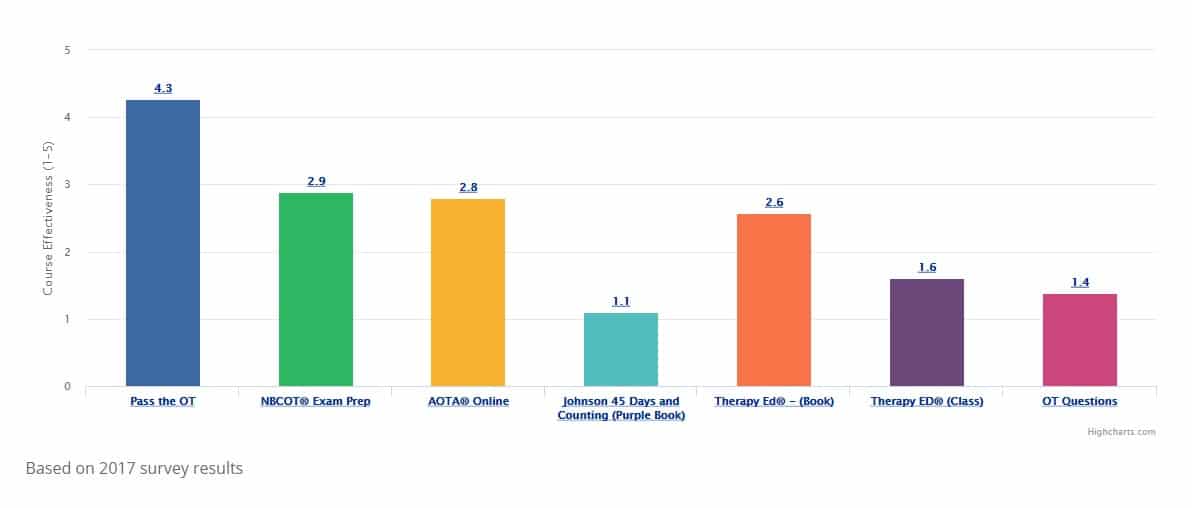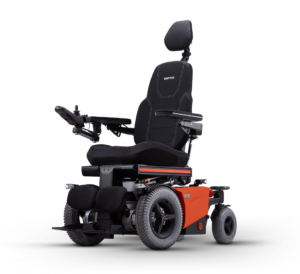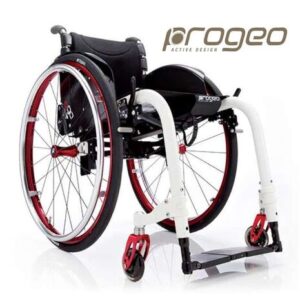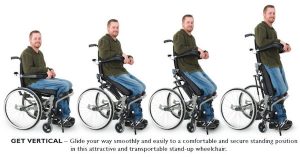Wheelchair Types, Components, and Assistive Technology
The following charts will review types of wheelchairs, the parts of a wheelchair, and various assistive technology items that people who use wheelchairs utilize.
Types of Wheelchairs
| Type | Description | How it is used | Who would use it – diagnoses | Examples | Video Links | Photos |
| Power wheel-chair | A wheel-chair that operates electronic-ally using a battery and electric controls | The person uses a power control custom-ized to their abilities to maneuver the wheel-chair.
-joystick |
Diagnoses that result in the person being too weak to propel a manual chair, yet having enough motor control to operate the power controls
-spinal cord injury, any level |
A woman with advanced multiple sclerosis uses a power wheelchair with a knob style hand control to maneuver her power wheelchair through a shopping mall. | A high school student demonstrates wheelchair etiquette in the hallway using her power wheelchair in an entertaining manner. |
|
| Manual wheel-chair | A wheel-chair that is pro-pelled without the use of electricity | The person pushes the wheel-chair with their hands, feet or both. Another person may also push the wheel-chair as the person rides. | Diagnoses where the person has enough upper body strength to push the wheelchair:
-spinal cord injury, mid-thoracic, lumbar, sacral -severe quadruple-gic cerebral palsy |
A man with an L1-L2 spinal cord injury uses a manual racing wheelchair to compete in a para-olympic race. | A teenage girl with a spinal cord injury propels a manual wheelchair for the first time. | |
| Light-weight wheel-chair | A wheel-chair that is made with lighter materials and designed to fold for travel. | The person transfers into the mode of transport-tation, then folds the wheel-chair and lifts it into the storage compart-ment or asks someone else to fold and store the wheel-chair. | Diagnoses that allow the person to drive and/or travel frequently.
-spinal cord injury |
A man with a T9-T10 spinal cord injury folds and lifts his lightweight wheelchair into the back seat of his car after transferring to the driver’s seat. | A salesman describes the features of a lightweight wheelchair. |
|
| Stand-ing wheel-chair | A power wheelchair that uses hydraulics to lift the person to a standing position and support the person in standing. | The person uses the power controls to change the wheel-chair from sitting to standing position. | Diagnoses that prevent the person from standing without total support.
-cerebral palsy |
A woman with muscular dystrophy uses a standing wheelchair to stand and reach her kitchen cupboards so she can put away lightweight dishes. | A young man demonstrates how to use a power standing wheelchair. |
|









